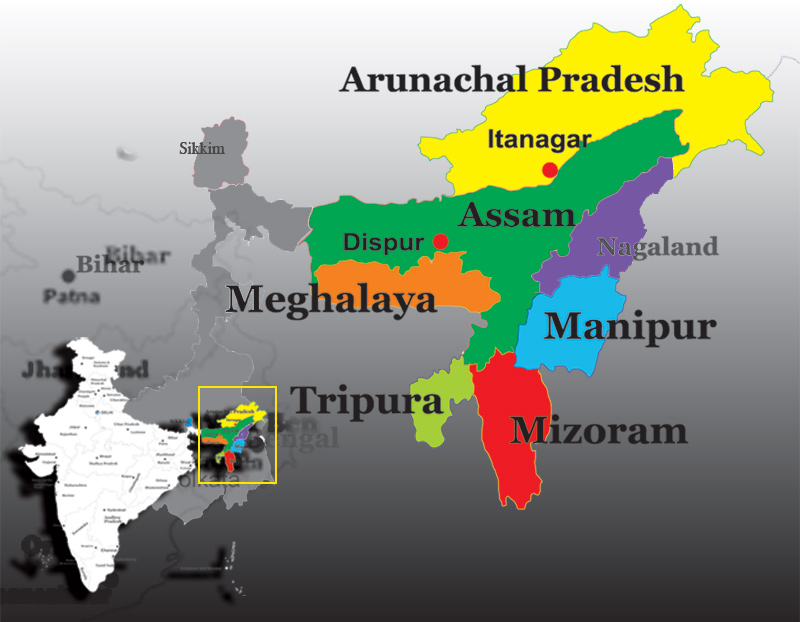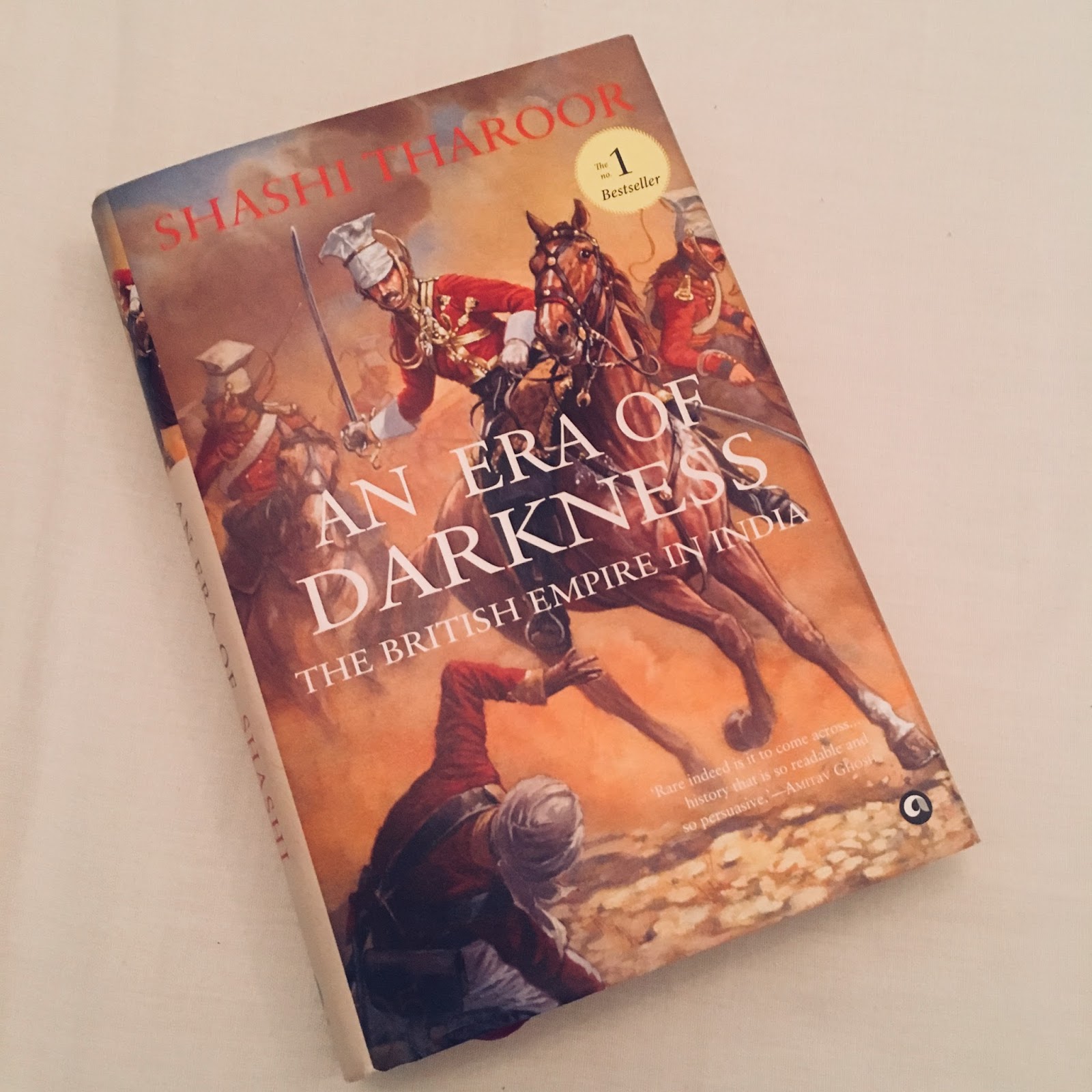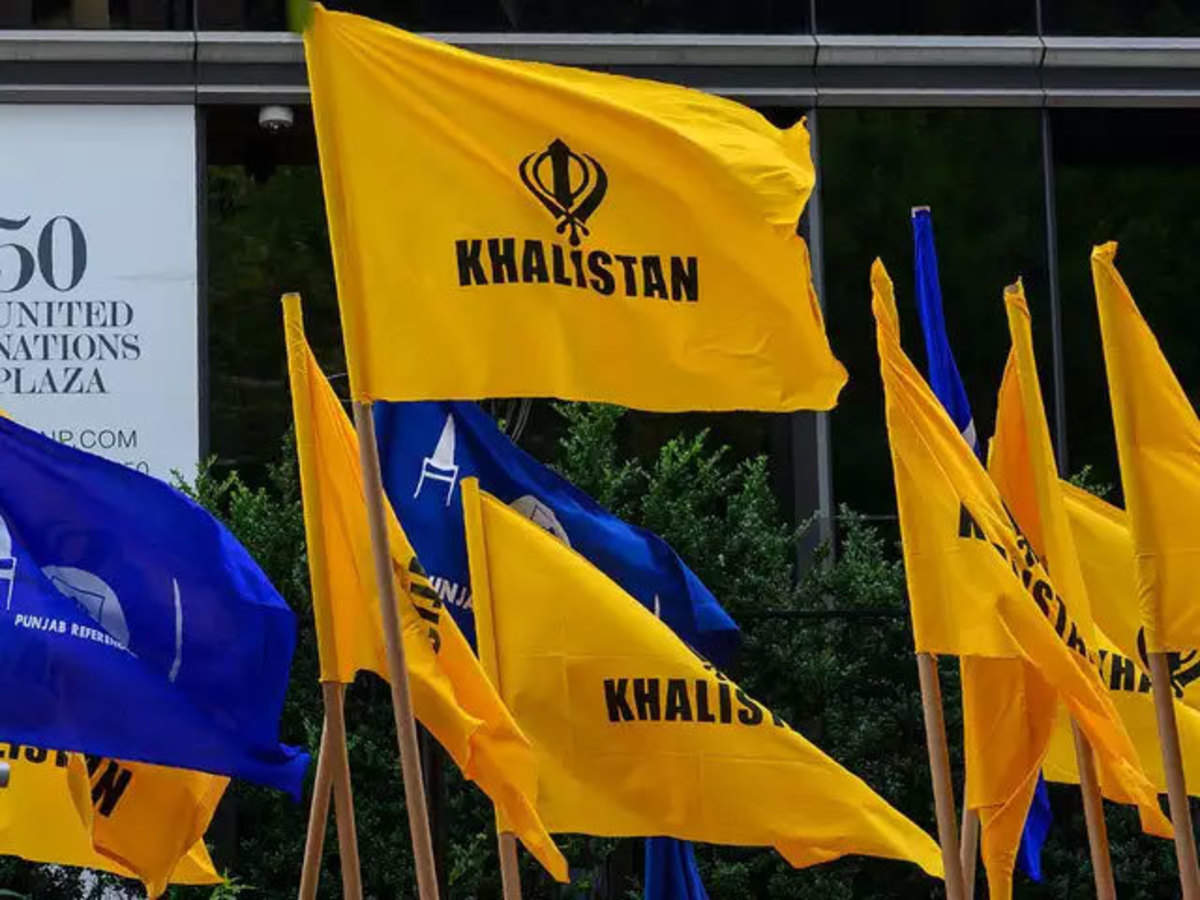The largest country in South Asia; India today reaching from the Himalayas in the north to Kanya Kumari in the South, is globally the second most populous country after China and the seventh largest country by land area. Both Bangladesh and Pakistan differ from India despite having a common history, culture and languages. To a great extent so do Nepal and Sri Lanka, to a lesser extent Bhutan and Maldives. This difference is accentuated manifold within India. The political tensions between India and all the other states of South Asia are caused mainly by India’s attitude of domination. Its behaving like a superpower has resulted in a situation where the commonalities within the subcontinent (and within India itself) are underestimated or even denied.
There are multiple tensions and anti-government movements within India itself. When they can’t prevent their internal problems leaking out India tries to play them down, or blame it on others, mostly Pakistan. The most glaring and (brutal) example is Kashmir with India unable to appease and integrate the part of Kashmir controlled by them. Over several years several Kashmiri freedom movements have been put down with an iron hand over the years.
The Khalistan separatist movement has its roots in the Akali Dal, a religio-political party of Sikhs founded in 1920. The demand for a separate Khalistan state played a role during in 1946/47 in the political future of the subcontinent. It became active in the 1980s when the heavy hand of the central Indian government was neglecting the woes of the Sikhs. “Operation Blue Star” was launched in 1984 to brutally suppress and eliminate the militants under Bhindranwale who had taken over the Golden Temple, the immediate backlash was the revolt by many Sikh units of the Indian Army across the country and the assassination of Indira Gandhi by her own Sikh bodyguards. The subsequent anti-Sikh riots in Delhi left 3000 Sikhs dead, 20000 fled the city. Sikh Militants caused extensive civilian casualties by derailing trains, exploding bombs in markets, restaurants, and other civilian areas between Delhi and Punjab. Militants assassinated many of those moderate Sikh leaders who opposed them. Hindus left Punjab by the thousands. In a certain way the problem has re-surfaced recently during the farmer protests in Indian Punjab where the Sikhs are a majority. Many Sikhs, like the SFJ led by Gurpatwant Singh Pannun based in the US, favour independence through ballots rather than bullets. The Indian govt is doing everything in its power to suppress even such peaceful means.
The longest-standing anti-government movement in India is the Naxalite movement. They are far-left communists, supportive of Maoism. The term Naxal derives from the name of the village Naxalbari in West Bengal, where the Naxalite peasant revolt took place in 1967. Spreading later to less developed areas of rural southern and eastern India, Chhattisgarh, Odisha, Andhra Pradesh and Telangana. 90 districts and 11 states have been affected by left-wing Maoist extremism of Naxalites. As recently as 5 April 2021, 22 security personnel were killed in an ambush by around 600 Naxals in Chhattisgarh’s Bijapur, 41 suffered serious injuries. “The Times of India” study says 58% of people surveyed in Andhra Pradesh have a positive perception of the guerrillas, only 19% are against it.

In Northeast India, unrest continues in the area that is home to the “seven sisters” Arunachal Pradesh, Assam, Manipur, Meghalaya, Mizoram, Nagaland, Tripura and Sikkim. These eastern-most union states of India differ fundamentally from Indian cultural features. They belong culturally to China and south-east Asia, their population consisting mainly of tribes with a large variety of languages and different values and social structures. During 1971 Mizo leader Laldenga aided Pakistan in the Chittagong Hill Tracts with a Brigade and begged Dhaka not to surrender in December. Militant tensions continue existing between insurgents 50 years later in these states and the central government that aims at ‘Indianizing’ them as well as amongst their indigenous people and migrants from other parts of India and illegal immigrants mainly of Bengalis origin. The population of the ‘seven sisters’ fears that aliens from outside their tribal orbit and culture will overwhelm them and destroy their culture, language, social structure and values.
Severed from the rest of Asia by the mountain ranges of the Karakorums and the Himalayas over the centuries South Asia has still not been isolated from outside influences. Much smaller than the subcontinent Europe, it has 28 (now 27) different independent countries, counting only the EU members. Europe is a living model for South Asia. Several proposals were made in 1947 to form separate states, among them independent Kashmir, Bengal and Khalistan. All such ideas were rejected tooth and nail by the Indian National Congress (INC) that wanted to inherit the British Empire in South Asia as ‘Akhand Bharat’. Nehru and his colleagues wanted to have undivided power over the full subcontinent that would make them real successors of the British and their glory. They resented the foundation of Pakistan and prevented all other new states that could have been founded, that would have helped to lessen tensions and prevent secessionist movements. What do Modi and BJP want today?

With our highly interconnected world today with nuclear weapons and other martial technology around, breaking up states and moving borders is hardly an option anymore; it would cause war. We must accommodate demands for cultural and political autonomy through negotiations. Anti-government movements lasting for decades eat away resources that could be utilized much better. At this time socio-economic development in India is confined to some states, and within those states also to some urban centres. As the farmers’ protest has shown, the present caste-based minority ruling elite has replaced the British to exploit the “natives”. Shashi Tharoor’s book “An Era of Darkness: The British Empire in India” gives both ample reason and evidence, economically and politically, why the people of South Asia now comprising India were once prosperous independent economic entities.
Home to a large variety of peoples, cultures, religions and languages that all have values and an identity of their own which they want to preserve, north-eastern states of India and Assam (all with active militancy stretching back more than six decades) can be grouped with Bangladesh into an Association of Eastern States of South Asia (AESSA) as one option. Incidentally AESSA as a greater Bengal is the mandate the Quaid gave toFazlul Huq and Suhrawardy in 1946 but the Congress, supported by the British, scuttled this on a technicality. Khalistan is a natural independent entity. Both Khalistan and AESSA remain unfinished agendas of 1947. The Hindu belt of UP Bihar, Haryana Maharashtra, Rajputana etc. comprises another major confederal entity. South India, historically resents northern political dominance and its connected cultural pre-eminence, now economically resurgent, this can also be an independent entity. The Confederate States of India (CSI) idea should be pursued, albeit in a peaceful manner for the time being, to eliminate the hegemony practiced by the Brahmin-led small elite in present day India that rules over the vast majority having different identities, religion and culture in brutal fashion, within India and abroad.




